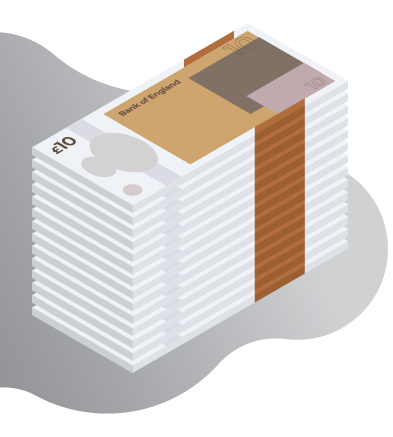
What is a cash equivalent?
How To Calculate P11D cash equivalent values
Cash equivalent means the cash value upon which an employee will pay tax according to the type of benefit they have been provided by their employer.
There are currently 14 areas of the form P11D, which are governed by various rules to derive the cash equivalent that is to be reported in each section.
The basic cash equivalent formula is: –
Cost to
the Employer of providing the benefit (inc VAT)
Less
Amount made good by the employee (Out of their net pay)
Equals
the Cash Equivalent
However there are some very complicated rules to calculate the cash equivalents for certain benefits such as company cars, beneficial loans, provision of living accommodation etc.
In many of these complex formulae, various data points are required to be collated before the cash equivalent calculation can be made e.g. the amount of a company car tax an employee will pay is dependent on just some of the following data points: –
- Date car first registered
- List Price of the vehicle
- Cost of accessories when car first made available
- Cost of accessories added after car first made available
- CO2 emissions figure
- Fuel Type
- Zero emission range (for ULEVs)
- Period of availability
- Capital Contributions made by the employee towards the acquisition of the vehicle
- Any Private use contributions deducted from the employee
To complicate matters further, benefits taxation is used as a way to further current Government Policies, hence the underlying tax legislation is constantly being changed.
HMRC publish a series of P11D Working Sheets to assist in the calculation of cash equivalents. One of P11D Organiser’s key features is that it can calculate the amount of benefit tax will have to be paid on across all P11D sections.